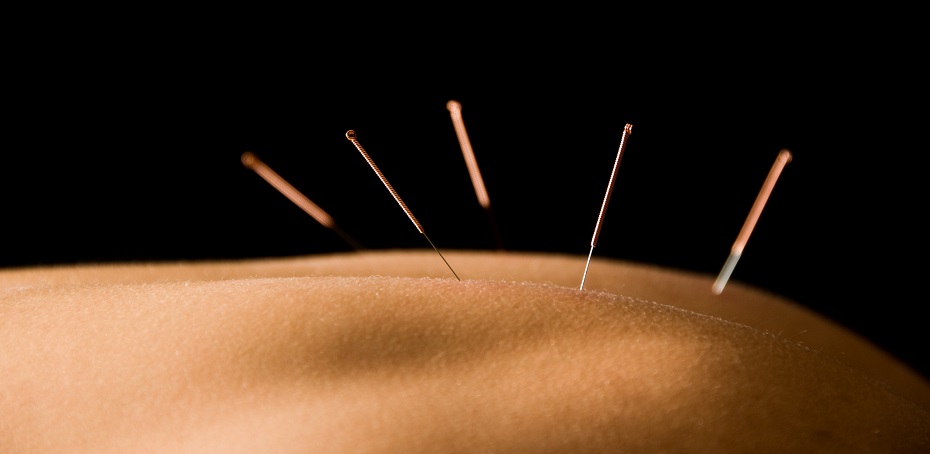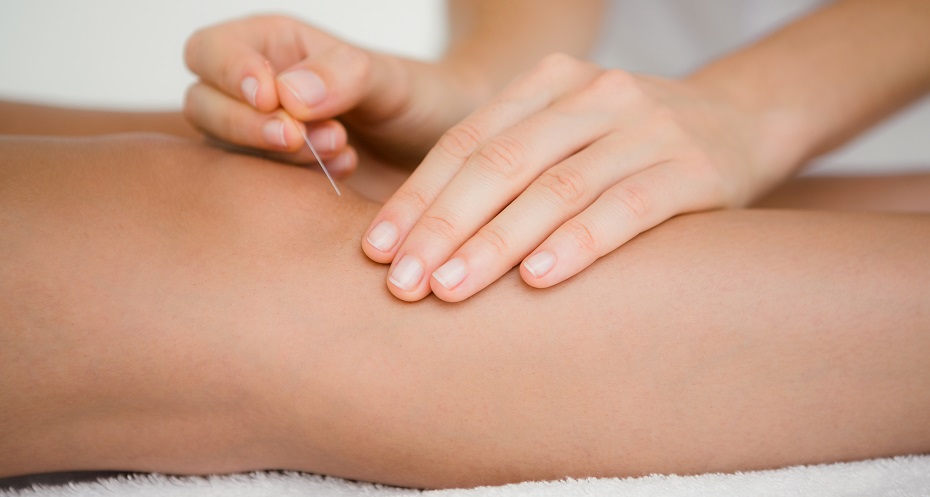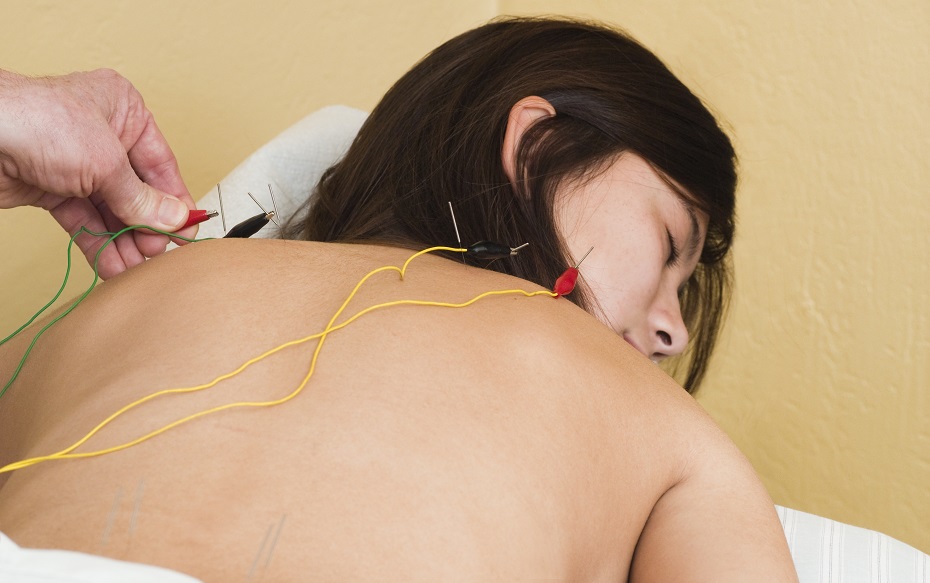

Acupuncture originated in China 2000 years ago and has been a central component of Traditional Chinese Medicine ever since. Over the past 40 years acupuncture has become popular in North America and has spawned several new practice methods, such as trigger point release and medical acupuncture.
Acupuncture: How It Works
Acupuncture has gained much attention for treating injuries, pain and for improving athletic performance1, even professional athletes trust acupuncture to keep them free of pain and in top condition.
Typically after an injury the body responds through a state of protection, with inflammation and tense muscles. Although this protective reaction is designed to defend the injury site, it often leads to impaired healing due to excessive inflammation and muscles which are too tight to permit optimal blood flow. Overly-tight muscles, along with inflammation and any damage from the original injury can lead to a gradual recovery punctuated with pain flare-ups and disability. Acupuncture acts on all of these factors which prevent or delay healing and can significantly increase the speed of recovery.
When a needle is inserted through the skin and into the belly of a tense muscle the muscle spasms and then quietly relaxes. The spasms are important for treatment because they allow this muscle which has been stuck in one place for an extended period of time to be loosened up. Once the muscle relaxes the area around it is under less pulling and compression from the muscle, this leads to smoother blood-flow and decreased inflammation. Time and time again I see patients with old or new injuries which are surrounded by visibly rigid muscle tissue. Once these muscles are loosened up the patients enjoy an increased range of motion and less pain and are quite happy for it.

Acupuncture: The Evidence
Many high-quality studies have found benefit from acupuncture in a variety of conditions, including arthritis2, plantar fasciitis3, low back pain4, neck pain5, migraine headaches6, tension headaches7 and drug-associated pain8, among others. In my practice I’ve found that acupuncture can be very effective in reducing pain and promoting recovery in all of these conditions and more. I must say that I am continually amazed with the results I see with acupuncture and am very pleased to offer it to my patients.
Electroacupunture

Electroacupuncture uses acupuncture with the application of a gentle electric current (also known as electrostim) in order to accentuate the twitch response in trigger point release acupuncture. The addition of the electric current strengthens the effect of the acupuncture and improves the results which can be achieved over acupuncture alone. The electrical pulses of electroacupuncture are similar to transcutaneous electrical nerve stimulation (TENS) but act deeper and closer to the problem area as a result.
Muscle contraction is naturally generated in the body through small electrical impulses transmitted from the nerves to the muscles. The electrical impulse which is supplied during electroacupuncture treatment is of low enough intensity to cause a gentle twitch of the affected muscle fibers but weak enough to prevent muscle spasm.
Acupuncture In Halifax
If you live in the Halifax area and would like to book an appointment for acupuncture please contact MacLeod Naturopathic at 902-820-2727 to book an initial consultation with Dr. MacLeod.
References
- Hübscher M, Vogt L, Ziebart T, Banzer W. Immediate effects of acupuncture on strength performance: a randomized, controlled crossover trial. Eur J Appl Physiol. 2010 Sep;110(2):353-8.
- Selfe TK, Taylor AG. Acupuncture and osteoarthritis of the knee: a review of randomized, controlled trials. Fam Community Health. 2008 Jul-Sep;31(3):247-54.
- Karagounis P, Tsironi M, Prionas G, Tsiganos G, Baltopoulos P. Treatment of plantar fasciitis in recreational athletes: two different therapeutic protocols. Foot Ankle Spec. 2011 Aug;4(4):226-34.
- Trigkilidas D. Acupuncture therapy for chronic lower back pain: a systematic review. Ann R Coll Surg Engl. 2010 Oct;92(7):595-8.
- Fu LM, Li JT, Wu WS. Randomized controlled trials of acupuncture for neck pain: systematic review and meta-analysis. J Altern Complement Med. 2009 Feb;15(2):133-45.
- Linde K, Allais G, Brinkhaus B, Manheimer E, Vickers A, White AR. Acupuncture for migraine prophylaxis. Cochrane Database Syst Rev. 2009 Jan 21;(1):CD001218.
- Linde K, Allais G, Brinkhaus B, Manheimer E, Vickers A, White AR. Acupuncture for tension-type headache. Cochrane Database Syst Rev. 2009 Jan 21;(1):CD007587.
- Crew KD, Capodice JL, Greenlee H, Brafman L, Fuentes D, Awad D, Yann Tsai W, Hershman DL. Randomized, blinded, sham-controlled trial of acupuncture for the management of aromatase inhibitor-associated joint symptoms in women with early-stage breast cancer. J Clin Oncol. 2010 Mar 1;28(7):1154-60.